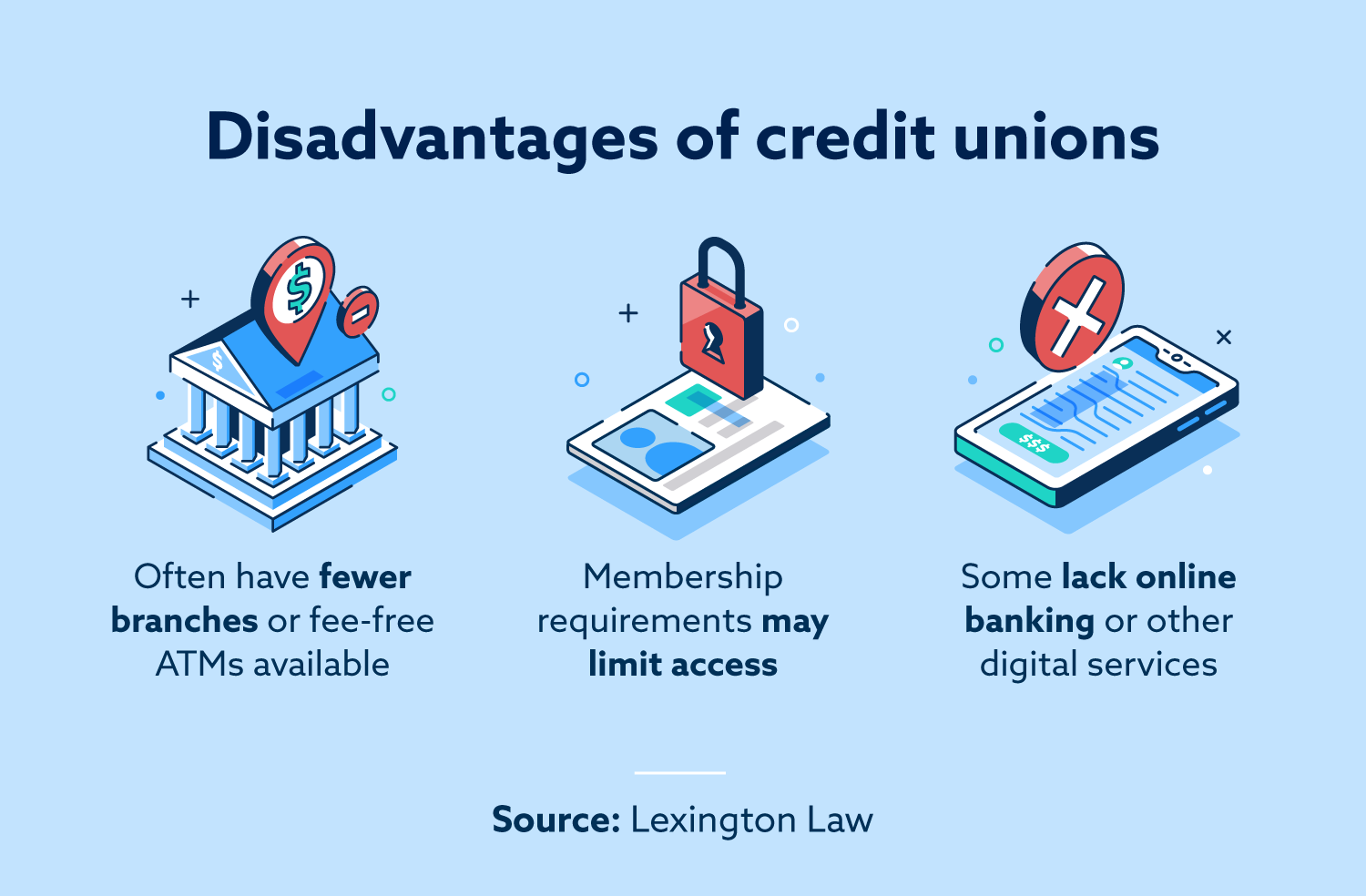Join the Movement: Why Federal Cooperative Credit Union Issue
In the realm of banks, Federal Debt Unions stand out as columns of community-focused financial, however their relevance prolongs past conventional banking solutions. They represent a standard change towards member-driven monetary remedies that focus on inclusivity and mutual development. As we unravel the layers of their effect on individuals and neighborhoods alike, it ends up being apparent that Federal Cooperative credit union hold the trick to a much more flourishing and fair monetary landscape. Join us as we explore the elaborate tapestry of reasons Federal Lending institution matter, and discover how they are shaping the future of monetary empowerment.
Background of Federal Lending Institution
Since their beginning, Federal Credit scores Unions have played a pivotal role in the financial landscape of the United States. The history of Federal Cooperative credit union dates back to the very early 20th century when the Federal Lending Institution Act was authorized right into law by President Franklin D. Roosevelt in 1934. This Act was a reaction to the Great Anxiety, intending to advertise thriftiness and prevent usury by giving affordable debt to participants.
The Act allowed groups of individuals with a common bond, such as staff members of the exact same firm or members of a labor union, to create credit history unions. These credit scores unions were established as not-for-profit monetary cooperatives, had and operated by their members. The participating structure made it possible for people to pool their sources and give accessibility to economical fundings and various other financial services that might not have actually been available to them with conventional banks.
Throughout the years, Federal Lending institution have remained to expand in number and influence, serving countless Americans nationwide. They have remained dedicated to their beginning concepts of neighborhood focus, participant possession, and economic addition.
One-of-a-kind Solutions Offered by Credit Unions

In addition, lending institution typically supply lower interest rates on car loans and credit rating cards compared to bigger economic organizations. This can cause considerable cost financial savings for participants, particularly for those looking for to obtain money for large purchases such as homes or cars and trucks. Furthermore, lending institution often offer greater rate of interest prices on cost savings accounts, enabling members to grow their money a lot more successfully.
An additional special solution offered by lending institution is profit-sharing. As not-for-profit companies, cooperative credit union distribute their profits back to participants in the form of dividends or lowered charges. This participating structure cultivates a sense of common possession and community amongst members, reinforcing the notion that credit unions exist to offer their participants' ideal rate of interests.
Advantages of Subscription in Credit History Unions
Joining a debt union provides participants a host of tangible advantages that come from the organization's member-focused technique to economic solutions. Unlike traditional banks, cooperative credit union are not-for-profit companies owned and operated by their members. This distinct structure allows credit unions to prioritize the most effective passions of their members over all else, resulting in several benefits for those who choose to join.

Neighborhood Impact of Cooperative Credit Union
Debt unions play a vital duty in promoting financial stability and growth within local areas with their special monetary solutions model. Unlike typical banks, cooperative credit union are member-owned and ran, allowing them to focus on offering the most effective rate of interests of their participants as opposed to creating profits for shareholders. This member-centric technique converts right into concrete advantages for the area at big.
One significant way cooperative credit union effect communities is by giving access to economical financial services and products. Credit Unions Cheyenne WY. From low-interest lendings to competitive interest-bearing accounts, credit history unions supply a vast array of alternatives that help people and small companies grow. By reinvesting their earnings back right into the neighborhood in the form of reduced charges, higher rate of interest on deposits, and better lending terms, cooperative credit union add to the total financial wellness of their participants
Moreover, cooperative credit union often prioritize financial education and learning and outreach efforts, equipping neighborhood participants with the understanding and sources needed to make sound economic decisions. By supplying financial proficiency programs, workshops, and individually therapy, cooperative credit union equip people to achieve better economic freedom and security. Generally, the area impact of credit report unions goes past just banking solutions; it encompasses building more powerful, extra durable neighborhoods.
Future Development and Trends in Lending Institution
In the middle of changing and advancing economic landscapes consumer preferences, the trajectory of credit unions is positioned for dynamic adaptation and innovation. As even more purchases relocate to digital platforms, credit unions are improving their on-line services to satisfy Credit Unions Cheyenne WY member assumptions for benefit and performance.
Additionally, sustainability and social obligation are emerging as essential patterns affecting the growth of lending institution. Participants are significantly looking for banks that line up with their worths, driving lending institution to incorporate social and ecological campaigns into their operations (Wyoming Federal Credit Union). By focusing on sustainability techniques and community development jobs, cooperative credit union can attract and maintain members that focus on ethical financial techniques

Conclusion
Finally, government credit score unions play a crucial function in promoting economic security, area empowerment, and inclusivity. Through their distinct solutions, participant ownership structure, and commitment to reinvesting in the neighborhood, credit unions prioritize the health of their participants and add to building stronger communities. As they remain to expand and adjust to changing fads, lending institution will stay an important pressure in progressing economic self-reliance for all people.
The history of Federal Credit rating Unions days back to the very early 20th century when the Federal Credit Union Act was authorized right into legislation by Head of state Franklin D. Roosevelt in 1934.The Act allowed teams of people with an usual bond, such as workers of the very same firm or members of a labor union, to develop credit rating unions.Furthermore, credit report unions typically provide reduced interest prices on lendings and credit report cards compared to bigger monetary organizations.Additionally, credit rating unions frequently focus on financial education and learning and outreach efforts, gearing up community members with the understanding and resources needed to make sound monetary choices. Via their unique solutions, member possession framework, and commitment to reinvesting in the community, credit history unions focus on the wellness of their members and add to constructing more powerful areas.